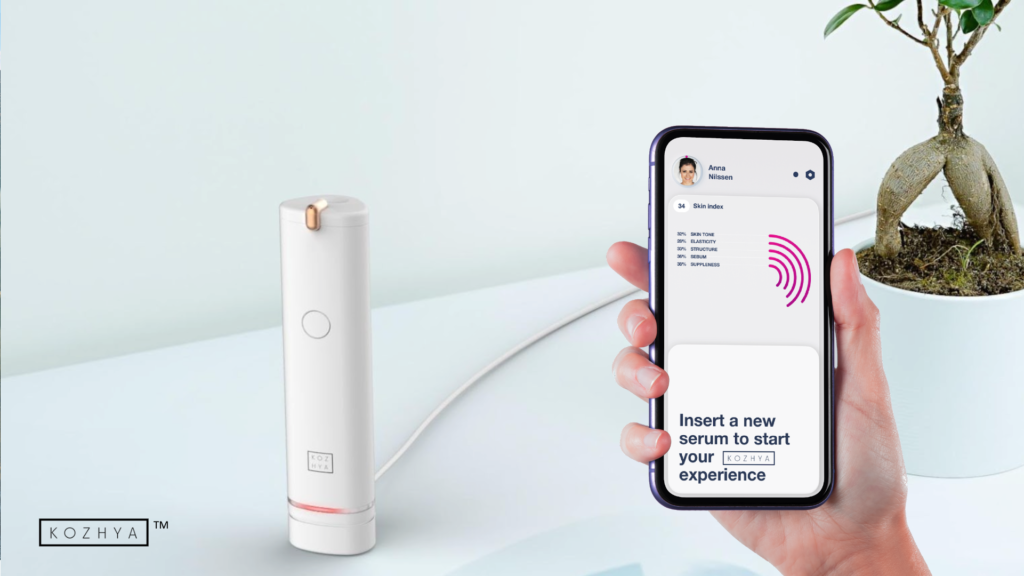Context
We started Kozhya with a purpose to improve Skincare and expand a large product portfolio quickly, personalizing user experience and enabling well-proven AI classification and data driven optimization to assist large and niche cosmetic brands reach their customers with higher value proposition. Globally, over 1.9 billion people suffer from skin conditions from severe concern to pure cosmetic such as aging.
After studying test demographic in multi generations (X, Y, and Z) , were discovered new product lines for men, few segments demanding natural ingredients, while sustainability-conscious buyers not tolerating less-environmentally friendly products. The convenience of an applicator that allowed the user to track performance of the cosmetic against the brand claims and influenced by the concrete lifestyle of the user. In addition, a large new segment emergent from health-driven line of “cosmetheutics” to provide new value propositions.
Product design background
The physical and digital integration is a well known problem addressed in multiple consumer devices, speakers, lamps, home appliances, and health and beauty devices.
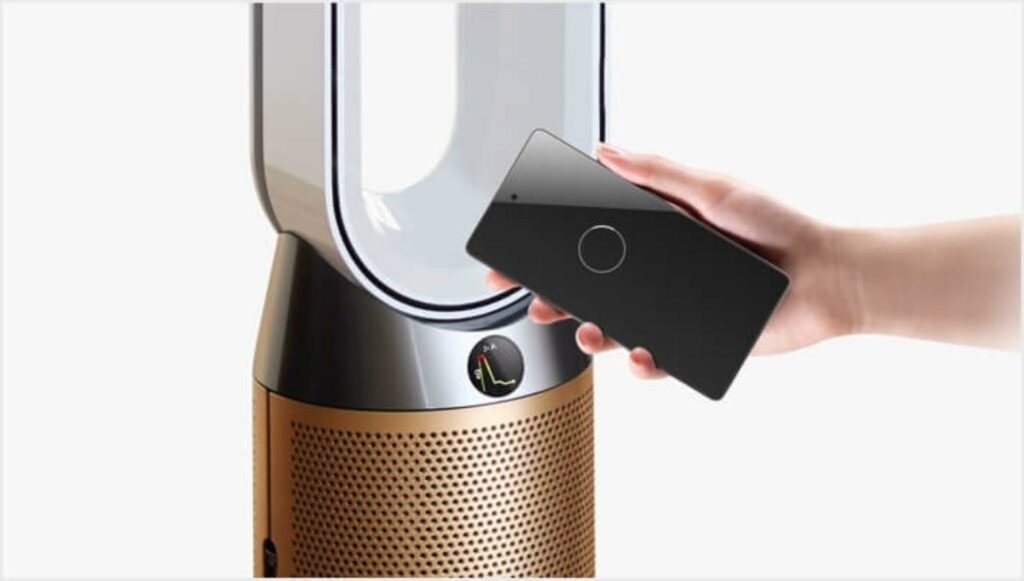
Typically, the physical product is extended with a digital layer of new features, product-control, or simply a repository of personal account data.
The trove of data gathered from using these home devices typically is not required, as these patterns provide little value, and it is technically challenging to gather, upload, model from the data collected. Interestingly, when it comes to personal health, users are more interested in learning how to improve their behaviour, and ready pay more for products and services that promise some improvement on a particular condition.
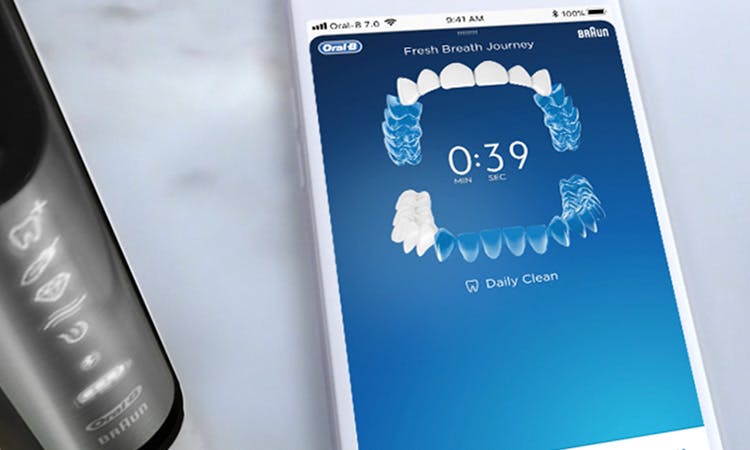
The current state of the art is that user data remains near the device or limited to the mobile application, that is, users can view in realtime the effect of the analysis and get immediate response to improve their use. This is typically the case to ensure that user data is handled in most private manner, even though there are many means to anonymize the data extracted from the use, companies avoid any potential issue.
Second main issue with these mobile apps is the goal setting (objective) when they are using these products is disconnected from the actual use and effect from the use. That is, the marketing and brand narrative is built strongly on the Brand promise related to the effect of using these products. Cosmetics business mostly is driven by these messages, employing smart packaging, imagery of people that sets the reference for the target buyer. There is a latent business opportunity if marketers could get explicit buyer objectives and be able to measure how their marketed products perform on that buyer audience.
Skincare innovation
During the project, we filed several patent applications to cover product, spray system, cloud and serum cloud lab generative.
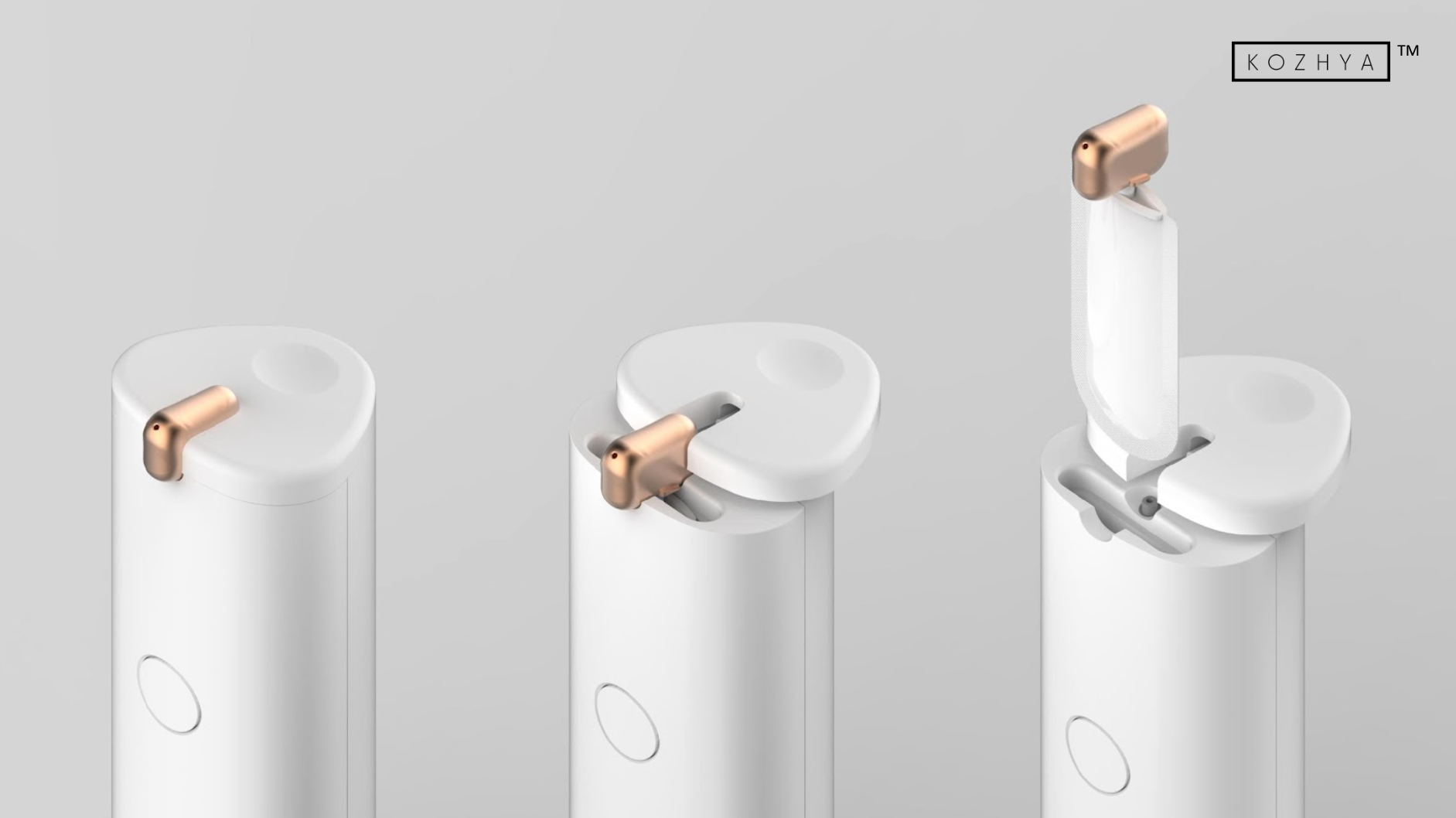
Mobile application
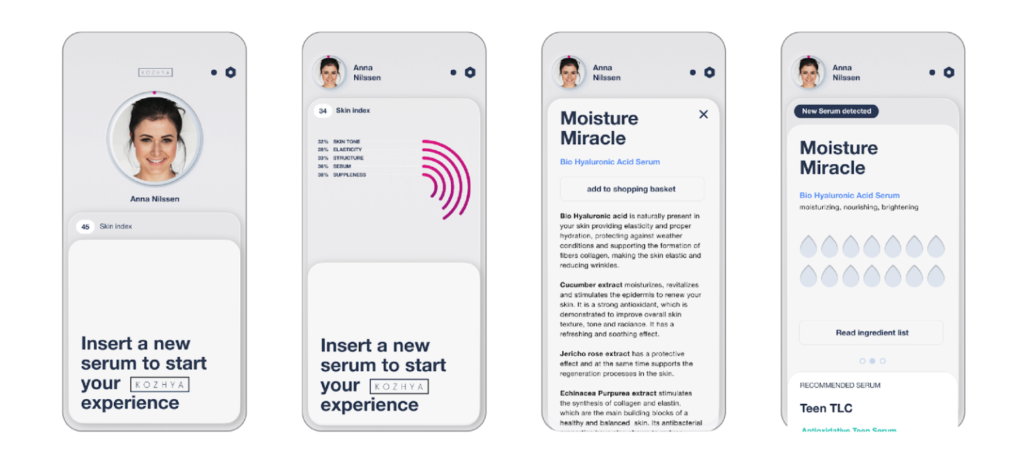
Serum range
Serum Range was part of the product development, extensive amount of research, testing, production optimization and joint development with the nozzle design.
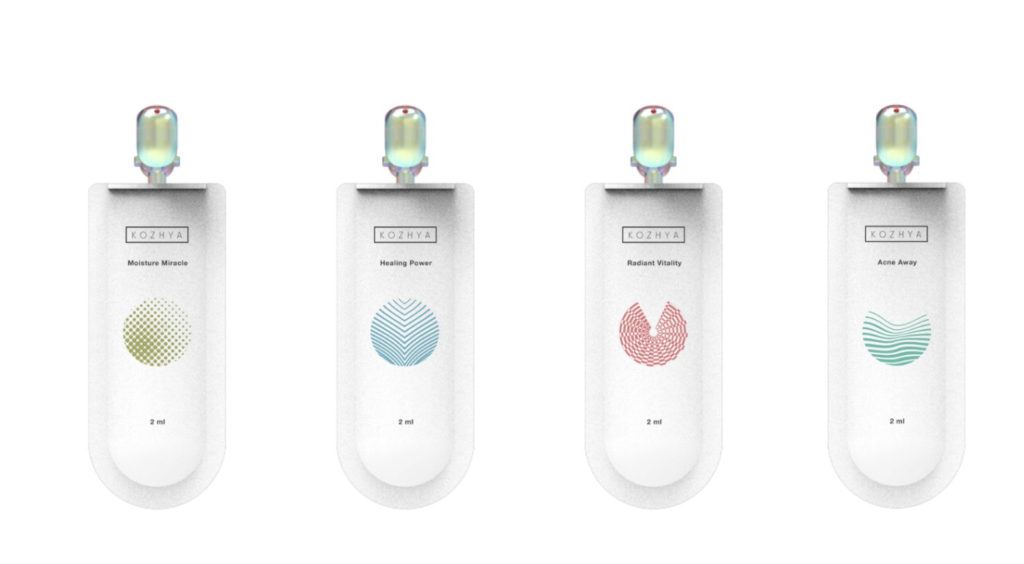
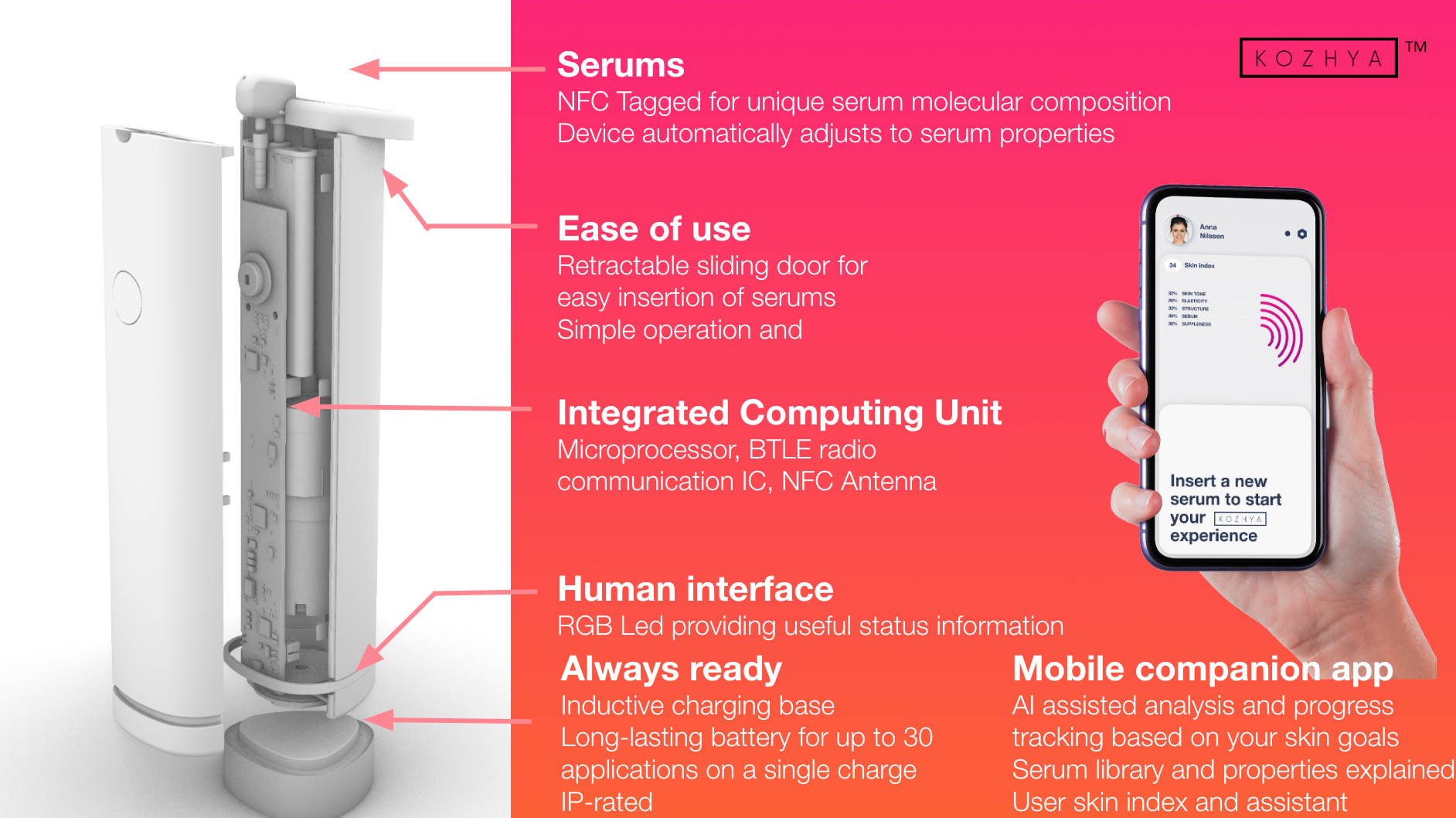
Digitalization
Main business objective is to enable a unique user experience with personalized recommendations, thus consumers will repeat buy more serums and will recommend to others. While keeping all data private, it was paramount to enable a data pipeline that securely could handle all privacy requirements. Mobile phone infrastructure is most mature, and Apple had already in place all elements required.
The backend is relying on large dataset of 20.000 annotated images by Medical specialists. On the generative part for serums, a large database of 10.000+ botanical ingredients was employed.
Classification model tuned with user initial state to avoid cold start. User feedback is captured after every treatment and new images track performance and provide result on key user metrics, aligned with areas of concern.
The benefits for a fully closed-loop connected-device for Skin Health were impressive on lab tests and and later on test users, not only the product waste was reduced over 90%, the penetration on skin was improved with 30% deeper, and finally the lasting effect was longer, showing more than 48 hours after treatment.
Conclusions
Extending products with digital closed loops is not only beneficial for consumers, but is also better for business.
Technically the product performance was positive, not only on user feedback and quantifiable benefits, but also in economic terms. Brands can target personalized recommendations about new products, cross-selling new offerings based on known behavioral and lifestyle facts about their customers. Brands also require in depth knowledge of how their products are performing on the market.
For these Brands (Health, Cosmetics, or any FMCG) the only way to reach the market is by the large mass ad campaigns served by few large brokers (Google and Meta mostly), which in return have great consumer concern over privacy and data sharing. Additionally, for a consumer, it may be a challenge to install one-app-per-brand. In the case of large Brands, with many sub-brands and a diversified product portfolio, it makes sense to “know your customer” to the extent the customer actually gets tangible value out of her/his relationship with the brand.
In sustainability terms the current industrial approach of mass produced creams and cosmetics with synthetic ingredients, and resulting in great waste is not adequate for the digital age. These products use large amount of plastic, and volume wise the products are not as effective as they could be, as shown in this example.
